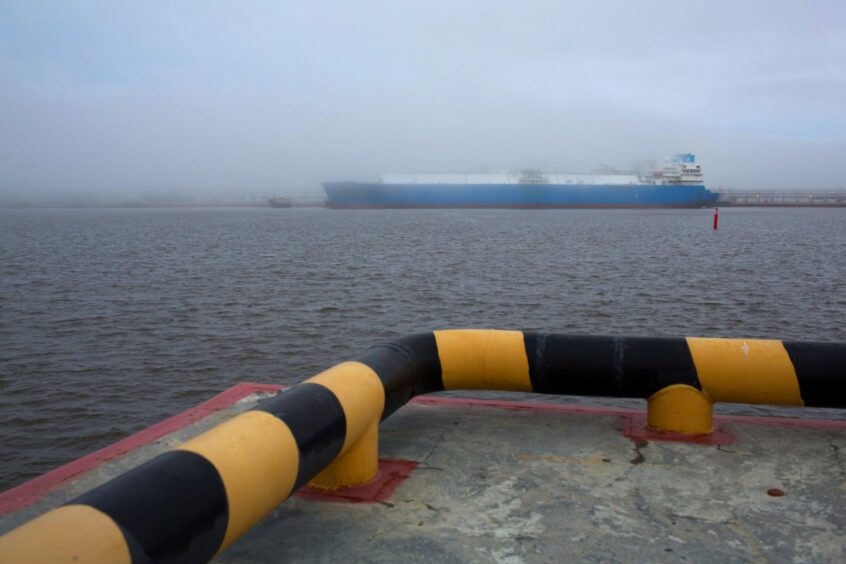
With just days remaining until the European Union imposes a price cap on Russian oil, much uncertainty remains.
The price cap is due to come into effect on December 5. It has still not yet been set.
Bank of America expects Russia to cut supplies by around 1 million barrels per day in order to maintain its revenues. Depending on where the price cap is set, Russia may reduce volumes further.
“The lower the price cap we see, the higher the price of Brent,” Bank of America head of commodities Francisco Blanch said. “If the price cap is $55, the price will be $95, if the cap is $50, it will be $100, almost as a response to the price cap.”
Russia will take steps to “make up in volume what it can’t make up in price”, Blanch said.
The price cap was devised in order to ensure that some supplies would continue to reach the global market, but to limit the rewards to the Russian state.
“There’s a big uncertainty about what Russia does in response,” Blanch continued. Russian officials have said they intend to reduce supplies to those countries that abide by the price cap.
The oil market is already tight, he said. The OPEC+ group is missing its quota obligations by around 3.5mn bpd, the BofA analyst said.
The research house expects Brent to average $100 per barrel next year, with a high of $110 per barrel.
OPEC agreed to cut supplies by around 2mn bpd, at a meeting in October. Given the challenges the group faces, it was actually only able to reduce output by around 1mn bpd. Oil inventories are already low. The group is due to meet again on December 4.
Higher prices may see a return to offshore drilling, Blanch said. One area that has not taken steps to increase production as it had in the past is US shale, where companies are much more focused than they were in the past on securing cash flow.
Power squeeze
Blanch also expressed concerns about LNG. While regasification capacity is increasing, additional supply is much slower to come to market. As a result, this will remain tight in 2023.
“As long as Europe continues to subsidise consumption, it will support global gas prices, potentially even into 2024,” the analyst said.
The world is facing a “gas and power crisis” that has the most parallels with the oil crisis of the 1970s. Another commodity that has benefited from this squeeze has been coal, which is “saving the world and sinking the planet”, Blanch said.
Coal also faces a rocky road in the near term. “The world wants more coal but doesn’t want to put more money into coal mines. That will lead to continued volatility over the next two years,” he said.
